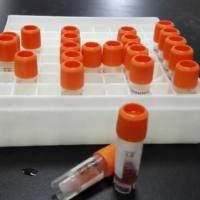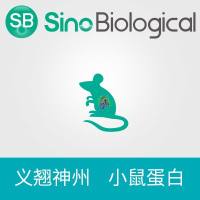Basic Fluorescent in situ Hybridization (FISH)
互联网
实验概要
Fluorescence in situ hybridization method is a kind of physical map drawing method, use fluorescent element mark probe, to detect probe and split the chromosome or split between the middle period of the chromatin hybrid.
主要
试剂
20x Saline-sodium citrate buffer [Details:SSC: 3 M NaCl, 0.3 M sodium citrate, pH 7, or Product No. S6639].
RNase A[Details:Product No. R4642] 100 µg/ml in 2x SSC.
Pepsin [Details:Product No. P6887] 40 units/ml in 10 mM HCl.
Paraformaldehyde, EM grade [Details:Product No. P6148] freshly depolymerized, 4% w/v in water.
Ethanol.
Labeled probe. Plasmid DNA is labeled with biotin-11-dUTP using nick translation random priming or the polymerase chain reaction
Hybridization mix solution: 50% formamide [Details:Product No. F7508], 10% dextran sulfate [Details:Product No. D8906], 0.1%
SDS
[Details:Product No. L4390], 0.5-1.5 ng/µl labeled probe and 300 ng/ml Salmon Sperm DNA [Details:Product No. D7656] in 2x SSC.
Wash buffer: 20% formamide [Details:Product No. F7508] in 0.1x SSC.
Detection buffer: 0.2% Tween 20 [Details:Product No. P1379] in 4x SSC.
Blocking buffer: 5% bovine albumin [Details:Product No. A3803] in detection buffer.
Antibody or detection compound [Details:e.g., Streptavidin-Cy3, Product No. S6402] in blocking buffer.
DAPI [Details:Product No. D9542]2 µg/ml in antifade mounting medium.








